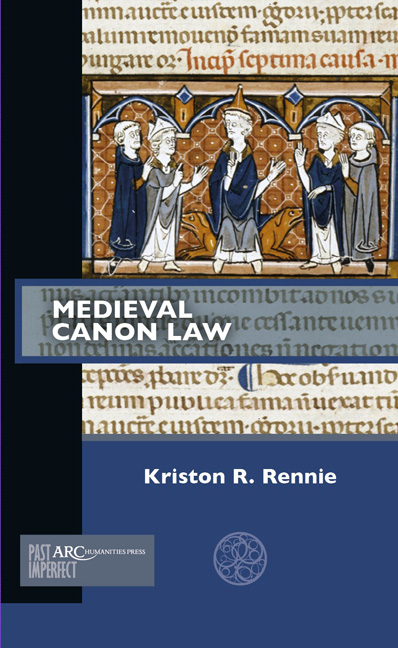Chapter 3 - Collections (Sources)
Published online by Cambridge University Press: 27 January 2021
Summary
This proliferation of the law—in all its textual variations—generated many collections. To be more precise, it inspired—or responded to—a contemporary need to organize and use the law in practice. Every bishop, abbot, and cleric responsible for the administration of justice and pastoral care needed canons for daily liturgical services, for the governance of their church or monastery, and for the spiritual welfare of their Christian community. Such a genuine thirst for instruction and understanding was complemented by the more common injunction, around since the early fifth century, that no one could ignore or be ignorant of the canons, “or do something that could obstruct the rules of the Fathers. What of worth will be preserved by us if the norm of established decretals shall be shattered at the whim of certain people?” To this end, religious men commissioned and consulted canon law collections for many purposes, as practical handbooks that furnished them with ancient ecclesiastical (normative) authority for matters of instruction, correction, discipline, and governance. For legal questions, concerns, or clarifications, the written law was a natural and official source of guidance, wisdom, and authority.
“Chronological” or “historical” collections served this practical purpose. As their eponymous names imply, these legal books gathered together various legislation in sequential fashion (i.e., from ancient to most contemporary). Their functional use, however, was soon replaced by more “systematic” collections, which combined and organized decretals, conciliar canons, episcopal statutes, penitentials, liturgical texts, and other ecclesiastical sources/ authorities into a workable, thematic form. They sought to harmonize the voluminous body of existing, and often contradictory, texts, making sure never to repeat the same canon twice. Their construction was subjectbased, offering more than just blocks of formal or material sources. As the oldest known collection of this description in Frankish Gaul, the Collectio Vetus Gallica provides an interesting reference (in 64 titles) of approximately 400 canons from Greek and Gallic councils, papal letters, and excerpts from church fathers. Unique to its construction is the way in which each title is marked by a Roman numeral and rubric (= a title), followed also by an inscription (= a more detailed title or content summary).
- Type
- Chapter
- Information
- Medieval Canon Law , pp. 31 - 46Publisher: Amsterdam University PressPrint publication year: 2018



